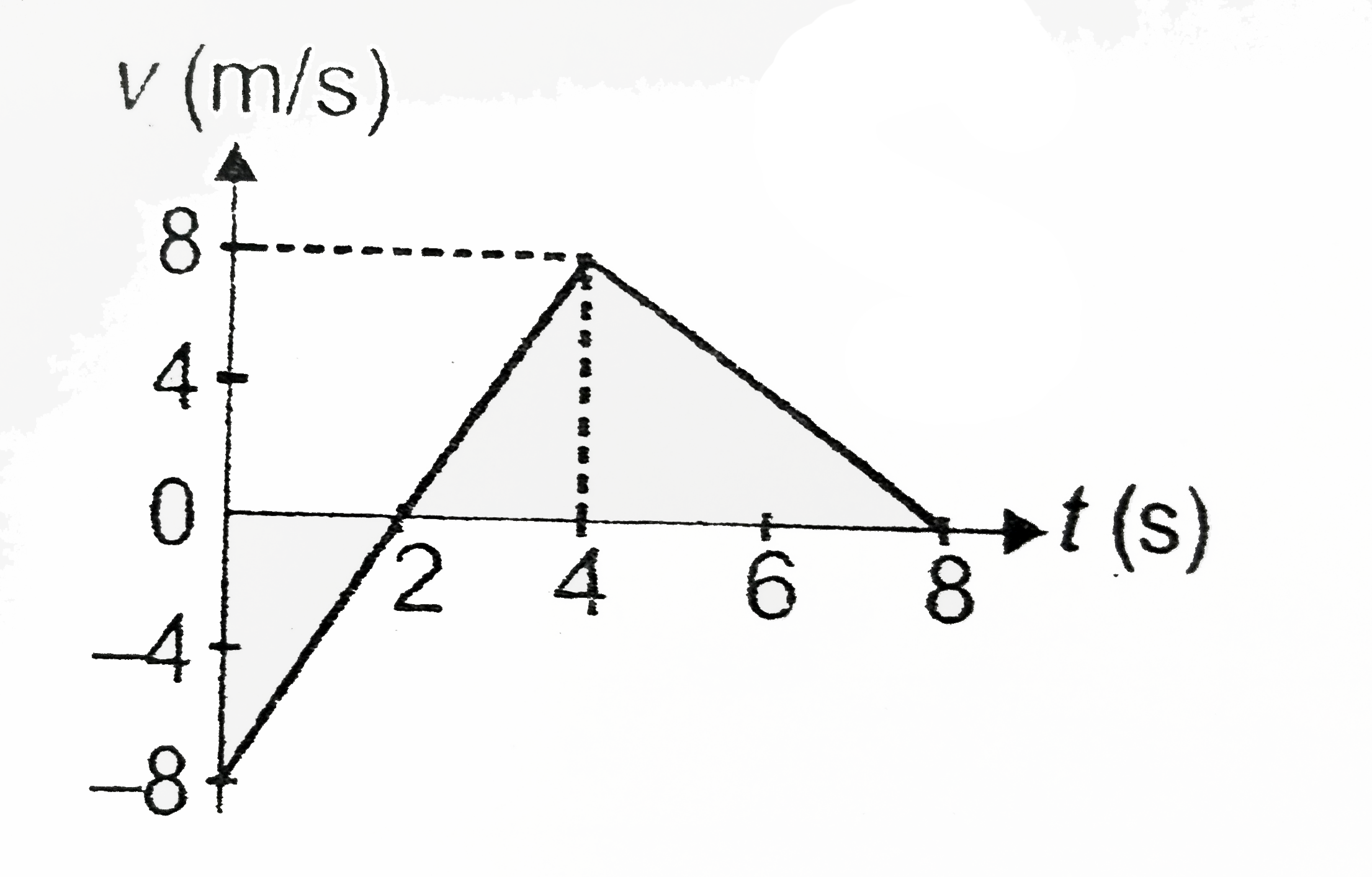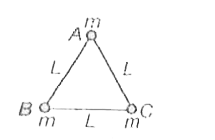Instantaneous Acceleration
Step by step video & image solution for Instantaneous Acceleration by Physics experts to help you in doubts & scoring excellent marks in Class 11 exams.
Updated on:21/07/2023Similar Questions
Understanding Rest And Motion|Frame Of Reference|Introduction To Mechanics|Kinematics|Motion In A Straight Line|Practice Exercise|Position Vector And Displacement Vector|Distance And Displacement|Average Speed And Average Velocity|Instantaneous Velocity And Instantaneous Speed|Average And Instantaneous Acceleration|Practice Exercise|Summary
View SolutionThe v-t graph for a particle moving along x-axis is shown in the figure, find

(a) Average velocity in the interval 0 to 8 s.
(b) Average speed in the interval 0 to 8 s.
(c) Average acceleration in the interval 0 to 4 s.
(d) Instantaneous acceleration at t = 2.5 s.
View Solution
Knowledge Check
Figures show a uniform magnetic field B condfirned to ta cylinderical bolume of radius R. If B is increasing aty constant rate of 0.01T/s. Instantaneous acceleration experienced by electron at r=10cm (ltR) as shown in the figure.
A8.79×10−12m/s2Bv8.79×10−11m/s2C8.79×10−10m/s2D8.79×10−09m/s2A rocket moving in free space has varying mass due to fuel exhausted dmtdt=−bv2(t) where m(t) = instantaneous mass, b = constant, v(t) = instantaneous velocity . If gases are ejected with velocity u, with respect to rocket, instantaneous acceleration of should be
Aubv2tm(t)Bubv2t2m(t)Cubv(t)/ m(t)Dubm(t)Three particles A,B and C each of mass m are lying at the corners of an equilateral triangle of side L . If the particle A is released keeping the particles B and C fixed , the magnitude of instantaneous acceleration of A is
 A√3Gm2L2B√2Gm2L2C√2GmL2D√3GmL2
A√3Gm2L2B√2Gm2L2C√2GmL2D√3GmL2
Explain clearly 9i0 uniformacceleration (ii) variable acceleration (iii) Average acceleration (iv) instantaneous acceleration and show that instantaneous acceleration is the limition vwslue of averate acceleration.
View SolutionA spaceship in space sweeps stationary interplanetary dust . As a result , its mass increase at a rate dM(t)dt=bv2(t) , where v(t) is its instantaneous velocity . The instantaneous acceleration of the satellite is :
View SolutionA particle executes simple harmonic motion. Its instantaneous acceleration is given by a=−px, where p is a positive constant and x is the displacement from the mean position. Find angular frequency of oscillation.
View SolutionA particle lis constrained to move in a circular path of radius r = 6m. Its velocity varies with time according to the relation v = 2t (m/s). Determine its
(i) centripetal acceleration,
(ii) tangential acceleration,
(iii) instantaneous acceleration at (a) t = 0 sec. and
(b) t = 3 sec.
View SolutionLet s(t)=t3−6t2 be the position function of a particle moving along an s-axis, where s is in meters and t is in sec. find the instantaneous acceleration a(t) and show the graph of acceleration versus time.
View Solution
